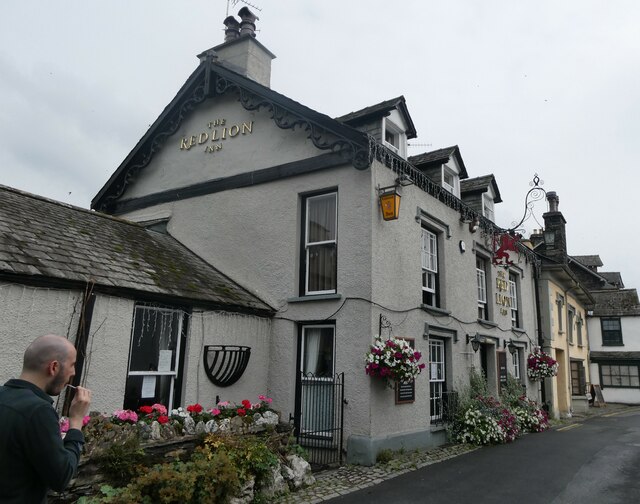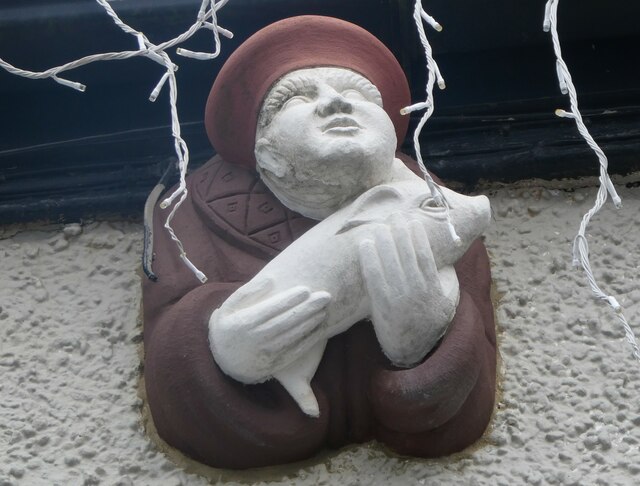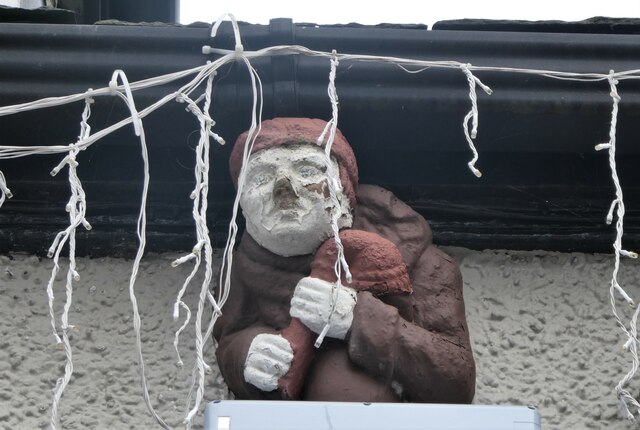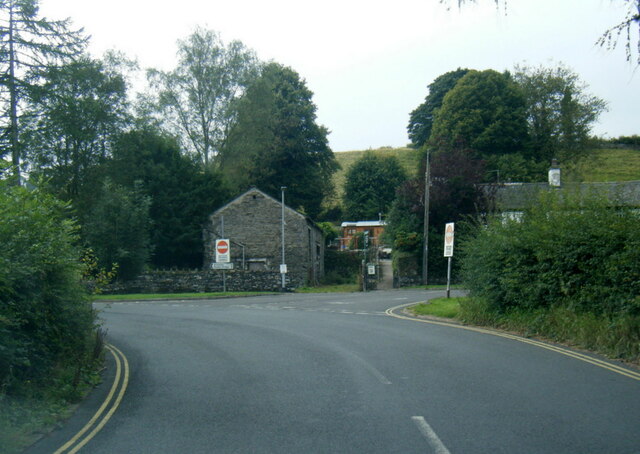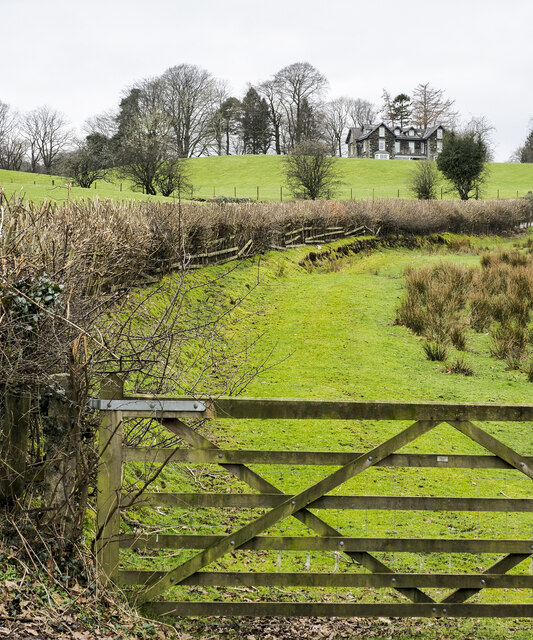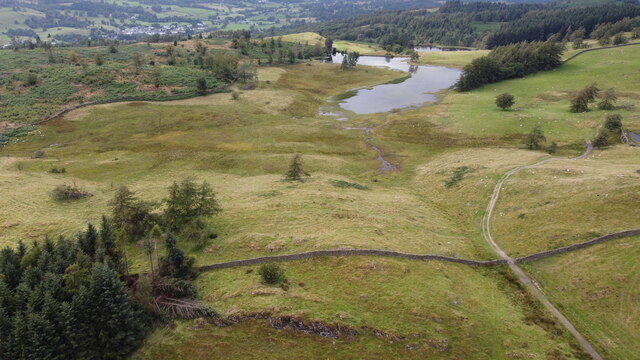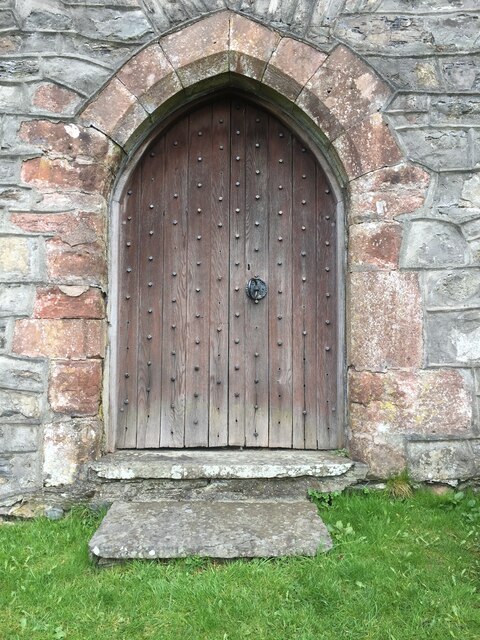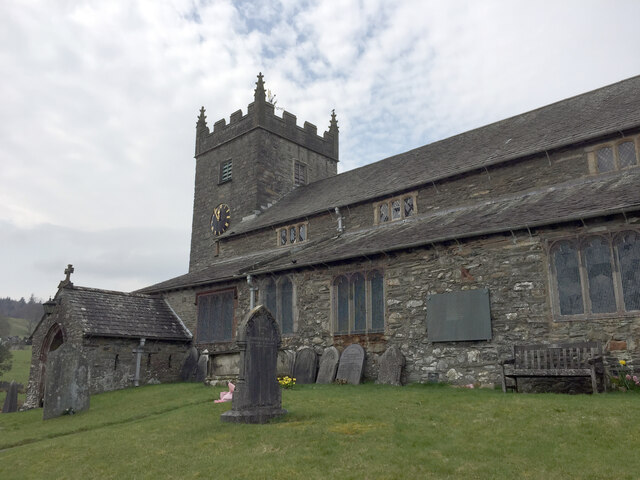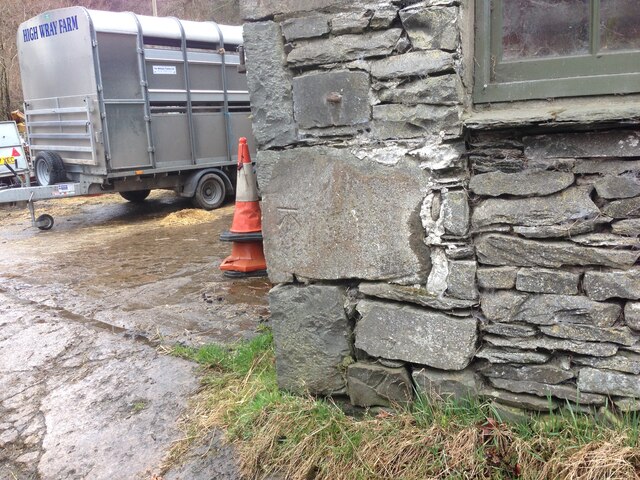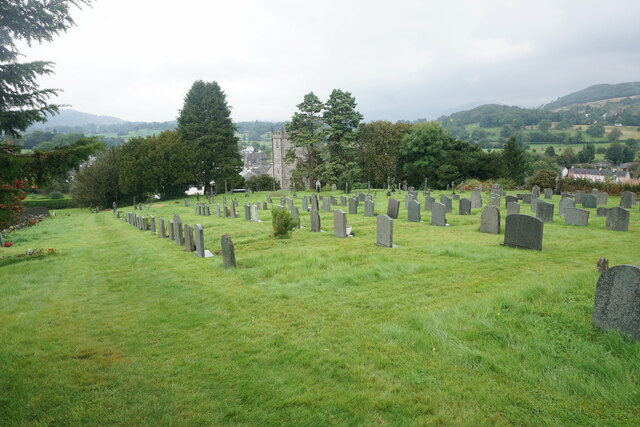Crag Intake Plantation
Wood, Forest in Lancashire South Lakeland
England
Crag Intake Plantation
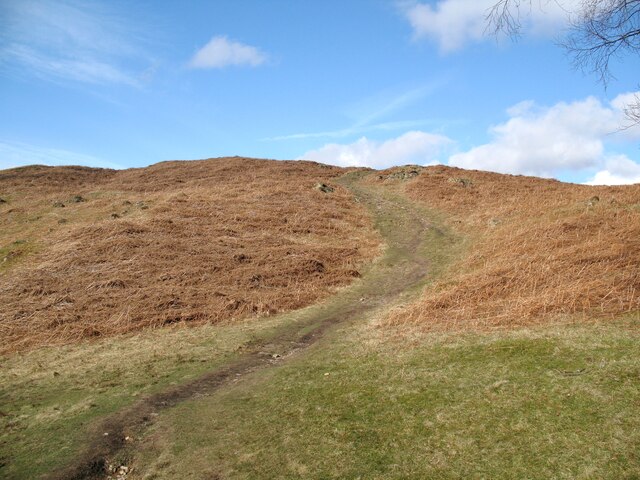
Crag Intake Plantation is a picturesque woodland located in Lancashire, England. Covering an area of approximately 100 acres, the plantation is situated near the village of Cragg Vale, just south of Hebden Bridge. It is nestled within the rural beauty of the South Pennines, offering visitors a tranquil escape into nature.
The plantation primarily consists of a mix of deciduous and coniferous trees, creating a diverse and vibrant woodland environment. The native species, such as oak, birch, and beech, provide a lush canopy, while the conifers, including pine and spruce, add depth and texture to the landscape. This variety of trees makes Crag Intake Plantation an ideal habitat for a wide range of flora and fauna.
Visitors to the woodland can explore the numerous walking trails that wind through the plantation, offering opportunities to immerse oneself in the natural beauty and observe the local wildlife. The plantation is particularly known for its birdlife, with species such as woodpeckers, owls, and buzzards often spotted among the trees. Additionally, small mammals like squirrels and rabbits can be found scurrying through the undergrowth.
Crag Intake Plantation is a popular destination for outdoor enthusiasts, offering activities such as hiking, wildlife photography, and birdwatching. Its convenient location and well-maintained trails make it accessible to both locals and tourists alike. Whether seeking a peaceful stroll through nature or a more adventurous exploration, Crag Intake Plantation provides a serene and enchanting experience for all who visit.
If you have any feedback on the listing, please let us know in the comments section below.
Crag Intake Plantation Images
Images are sourced within 2km of 54.380499/-2.9829191 or Grid Reference SD3698. Thanks to Geograph Open Source API. All images are credited.
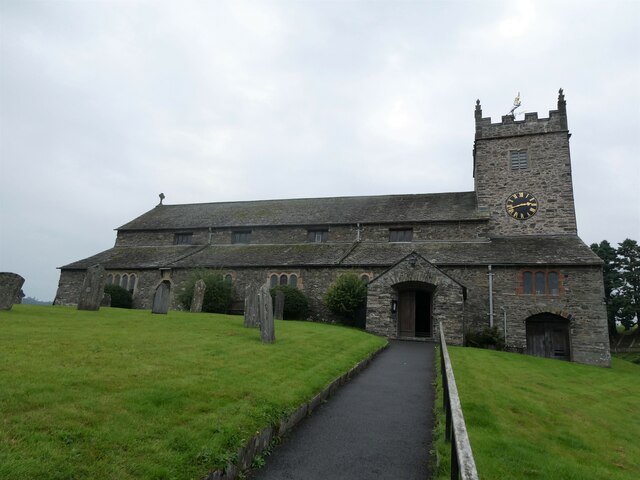
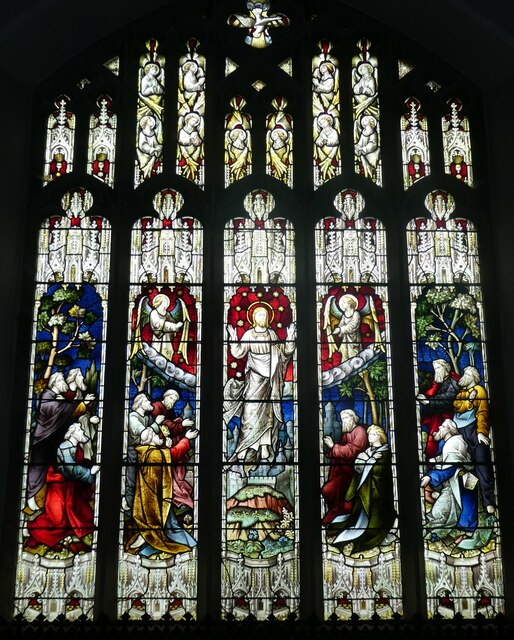
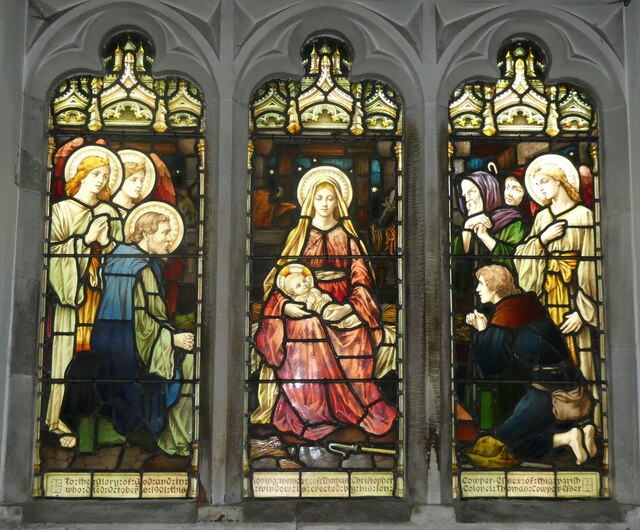
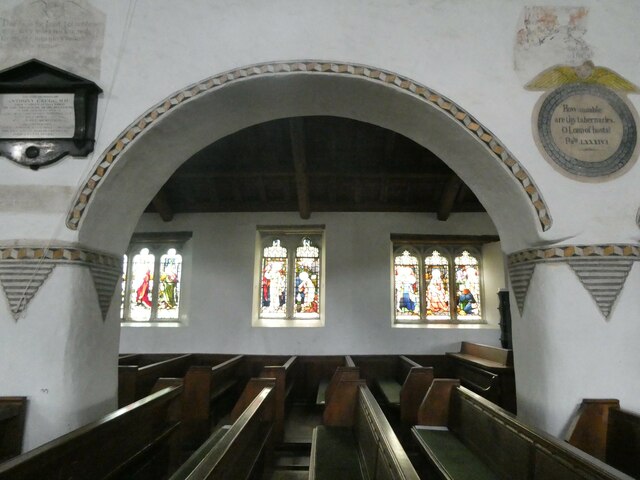
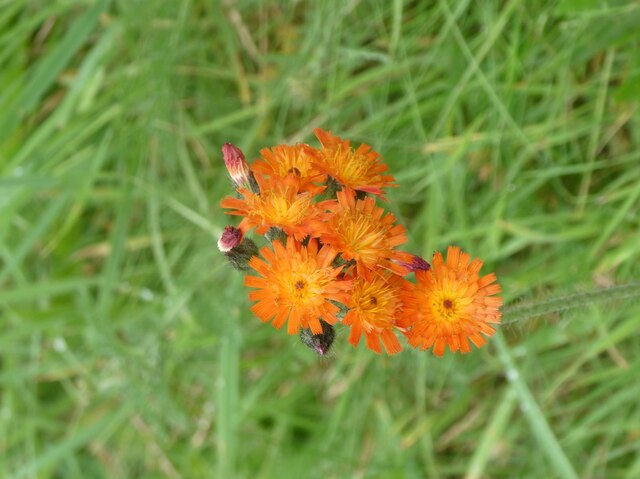
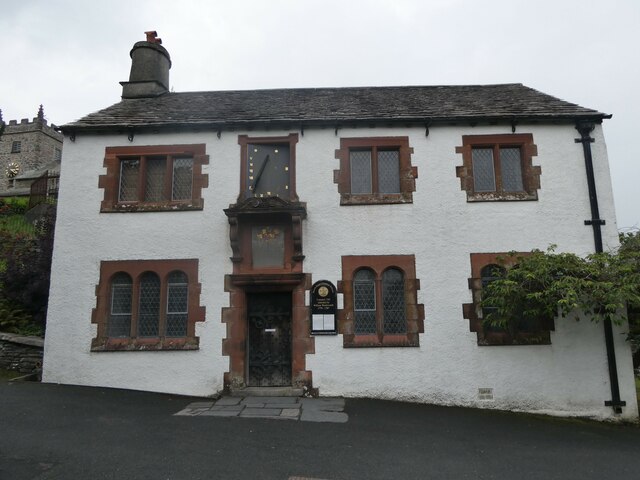
Crag Intake Plantation is located at Grid Ref: SD3698 (Lat: 54.380499, Lng: -2.9829191)
Administrative County: Cumbria
District: South Lakeland
Police Authority: Cumbria
What 3 Words
///dome.schooling.committee. Near Windermere, Cumbria
Related Wikis
Latterbarrow
Latterbarrow is a hill in the English Lake District, east of Hawkshead, Cumbria. It is the subject of a chapter of Wainwright's book The Outlying Fells...
Beatrix Potter Gallery
The Beatrix Potter Gallery is a gallery run by the National Trust in a 17th-century stone-built house in Hawkshead, Cumbria, England. It is dedicated to...
Hawkshead
Hawkshead is a village and civil parish in Westmorland and Furness, Cumbria, England. Within the boundaries of the historic county of Lancashire, the parish...
Hawkshead Market Hall
Hawkshead Market Hall, also known as Hawkshead Town Hall, is a municipal building in The Square in Hawkshead, Cumbria, England. The building, which is...
Nearby Amenities
Located within 500m of 54.380499,-2.9829191Have you been to Crag Intake Plantation?
Leave your review of Crag Intake Plantation below (or comments, questions and feedback).
